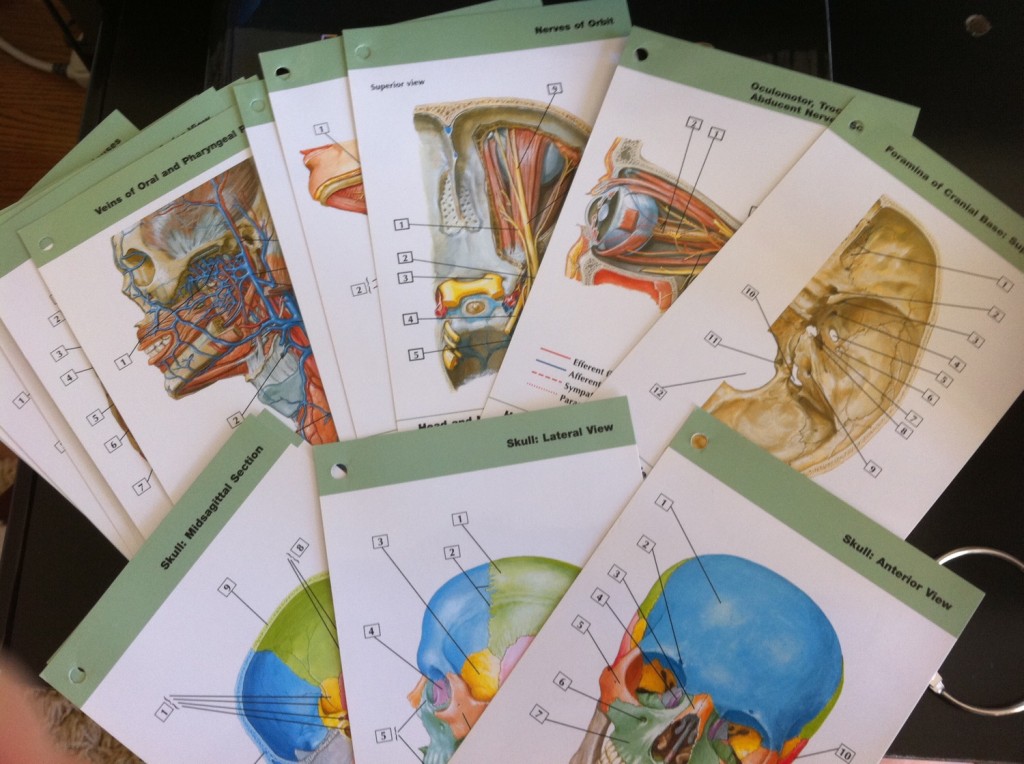We’ve been waiting for a while now for the other shoe to drop about exactly how nutritional supplementation affects the progression of non-exudative age-related macular degeneration. Back in 2001, the original National Eye Institute’s Age-Related Eye Disease Study (AREDS) gave us some answers while also raising even more questions.
- The study showed that some vitamin and mineral supplements containing zinc, copper, and antioxidants (i.e., vitamin C, E, and beta-carotene) helped to reduce the risk of vision loss among some patients with advanced AMD.
The researchers also tracked whether these same nutrients had an effect on the development and progression of cataracts, finding no significant effects. However, the original AREDS did not investigate the effects of lutein, zeaxanthin, or omega-3 fatty acids. Additionally, researchers wanted to find out if beta carotene could be replaced with other carotenoids (e.g. lutein and zeaxanthin), possibly eliminating the increased lung cancer risk in smokers who take beta carotene. Thus, the AREDS2 clinical trial was born and conducted from 2006 to 2012.
A few weeks ago, the AREDS2 results were officially released! AREDS2 showed that…
- omega-3 fatty acids had no effect on the original vitamin formulation
- a combination of lutein and zeaxanthin is a safe addition and could be an effective replacement for beta carotene.
However, before these additional carotenoids can be added to the formulation, the researchers recommend further investigation.
- It was also found that the decrease in zinc dosage had no statistically significant effect.
- Overall, the changes in the AREDS formulation did not further reduce the risk of progression to advanced AMD.
Below you will find a quick snapshot of the take-home points from each study. The study refers to a subgroup of “high-risk patients” that showed the most potential benefit from taking the AREDS nutritional supplement. These high-risk patients include those with intermediate AMD or advanced AMD in one eye.
|
AREDS |
AREDS2 |
|
|


